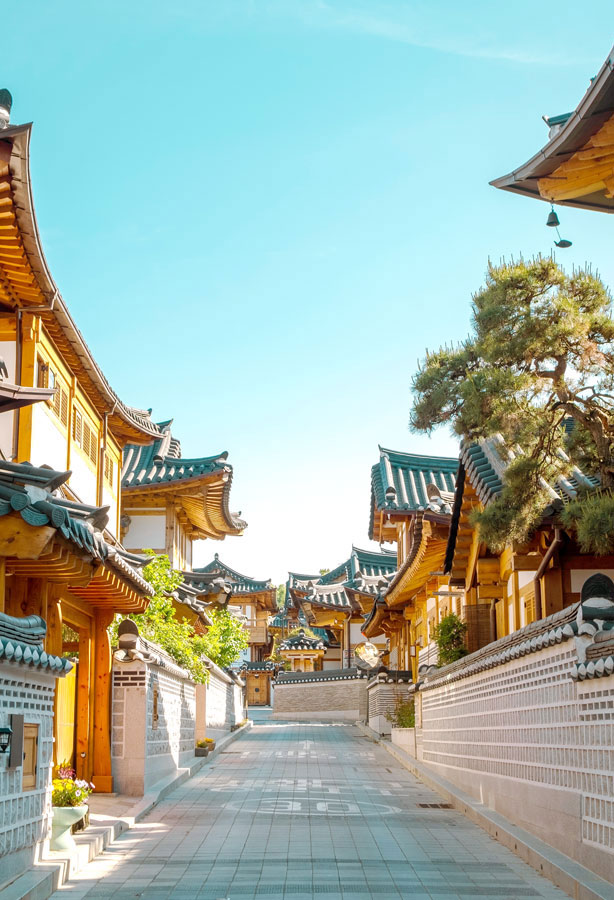A country’s capital is where its government rules from. The cities chosen to be capitals often hold special historic significance, major population centers, or strategic locations within a country. But did you know that not all countries choose just one capital (or even stick to the same one forever)? Unusually, these six countries have multiple capital cities — find out why.
Bolivia
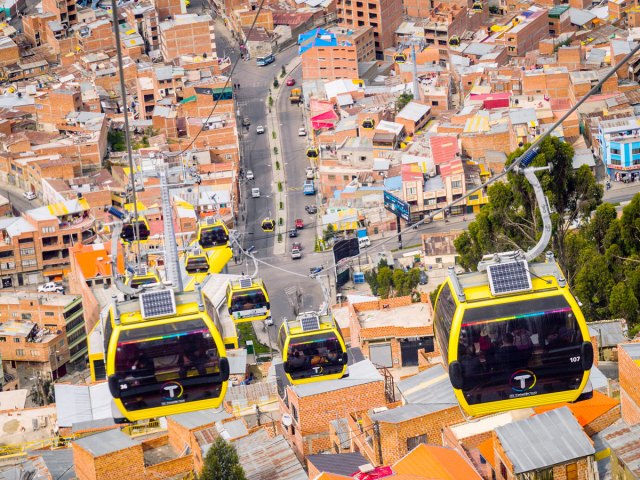
One of only two landlocked countries in South America, Bolivia also has two capitals. While La Paz is the bigger (and better-known) capital city, Sucre has an official claim to the title. The two capitals came from the country’s tumultuous past when Spanish colonialists divided it into two large territories. The two territories were respectively ruled from La Paz and Sucre.
When the country began to seek independence from the Spanish in the early 1800s, there were internal conflicts between the Liberal and Conservative parties about which capital should govern the new country. In the end, to make peace, they decided to split the responsibilities. The executive and legislative branches of the government would stay in La Paz, while the judicial branch would remain in Sucre. According to the Bolivian constitution, the official capital is Sucre — though many consider La Paz to be the de facto capital.
South Africa
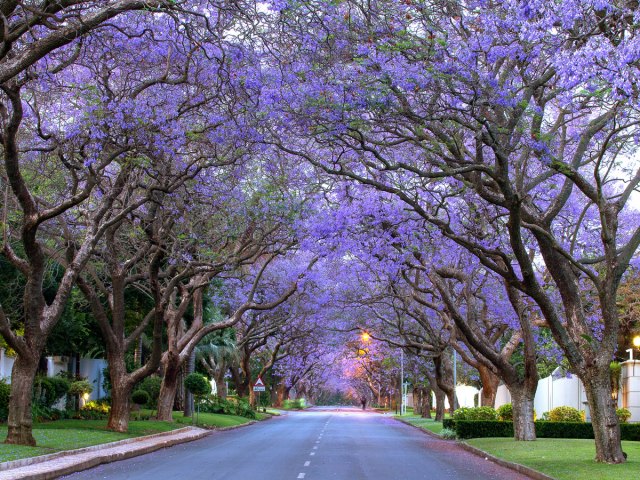
South Africa doesn’t just have two capitals — it actually has three. The reasons stem from the unification of South Africa and the end of the second Anglo-Boer War in 1902. The country operates one branch of the government at each of the capitals. Parliament meets in Cape Town, the judicial branch sits in Bloemfontein, and administration happens in Pretoria. The three capitals were each under either British or Boer control before the second war ended.
Over the years, there have been numerous attempts to consolidate the branches of government into Pretoria. The most recent attempt came during the presidency of former President Jacob Zuma. He claimed the move would be more cost-effective for the government, but the roots of history run deep and led to opposition to the plan.
Malaysia

While Kuala Lumpur remains the official capital of Malaysia, the de facto seat of the government now sits just 15 miles to the south, in Putrajaya. Construction of the planned city started around 1995, but the idea to move the government to the new capital was formed as early as the 1980s. The final cost of the construction came to over $8 billion.
But why the move? The main issue came down to overcrowding in Kuala Lumpur. It was getting too difficult to find the space and the infrastructure the government needed to function smoothly. The move allowed them to build a city filled with gardens and the technology they required. It’s also now adjacent to Malaysia’s version of Silicon Valley. That gives plenty of direct access to future technology and development opportunities for the country.
The Netherlands
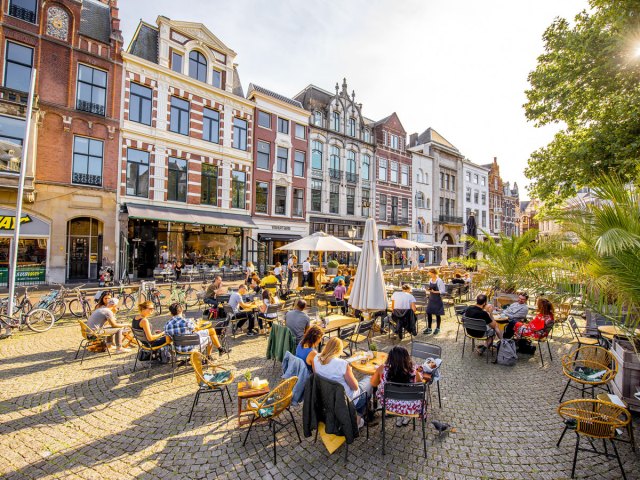
The Netherlands is another country with an official capital as well as one that acts as the de facto capital and seat of the government. The Dutch constitution names Amsterdam as the capital city, and Amsterdam has always played an important role in Dutch history. It was the seat of trade for the country (and a lot of Europe) during the 14th and 15th centuries, earning its residents both prestige and wealth. Even today, it’s the economic and cultural heart of the country.
However, the seat of the government actually lies to the southwest of Amsterdam, in the Hague. The Hague is home to the government and the courts of the Netherlands, as well as to the International Courts of Justice. The Hague is also central to the United Nation’s operations. That gives the de facto capital international significance once enjoyed by Amsterdam hundreds of years ago.
South Korea
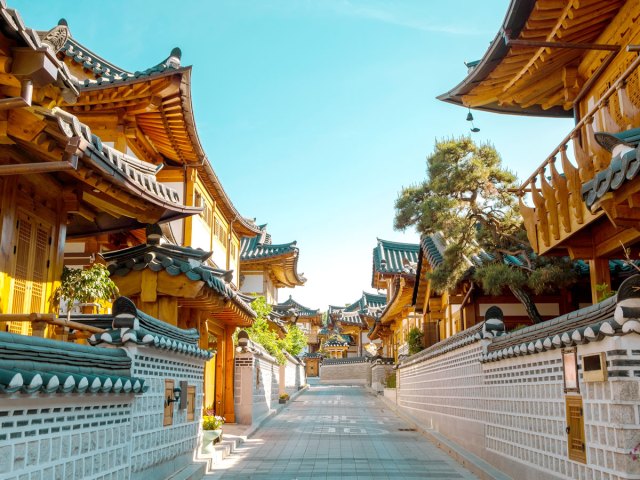
Seoul is the official capital of South Korea. In recent years, though, overcrowding in the city has become a major issue. Seoul has a population density that’s twice that of New York City. To help with the congestion, officials developed plans to build a new city to house the government called Sejong. Construction started in 2011, and today the population of the planned city is 325,000. The population boomed as people looked for affordable alternatives to cramped accommodation in Seoul.
The fact that everything is new in the city is appealing to some, while keeping others away. The city has more children than average, due to the number of young families moving in. However, there is still a lack of entertainment and cultural facilities in the new city, leading many to still travel into nearby Seoul for those necessities. But since the city is so new, there is still plenty of time for those amenities to develop. The goal is to have 500,000 residents living there by 2030.
Benin
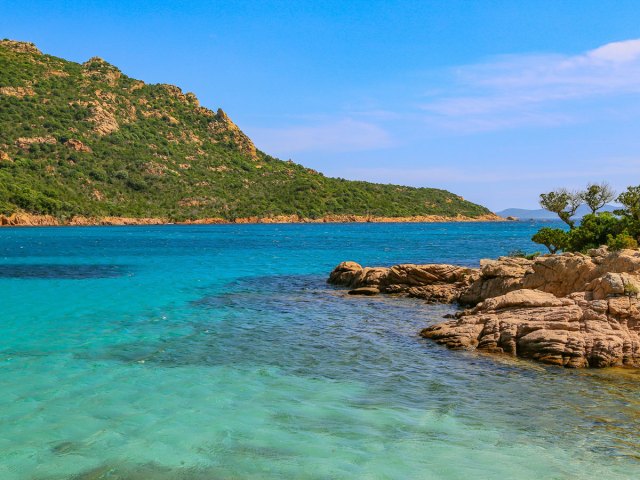
Benin sits on what was once called the Slave Coast. The coast was the main departure point for many ships carrying enslaved peoples to Europe and the Americas. Despite its troubled past, today Benin is one of the African continent’s most stable democracies. While Benin’s official capital is Porto-Novo, the larger city of Cotonou handles most of the country’s administration. Cotonou is the seat of the government in Benin and has been since the country won independence from France in 1960. Porto-Novo was formerly a kingdom in its own right before the French took over. That earned it the official title of the capital city, though later development put much of the power within the borders of Cotonou.
More from our network
Daily Passport is part of Inbox Studio, which publishes content that uplifts, informs, and inspires.






